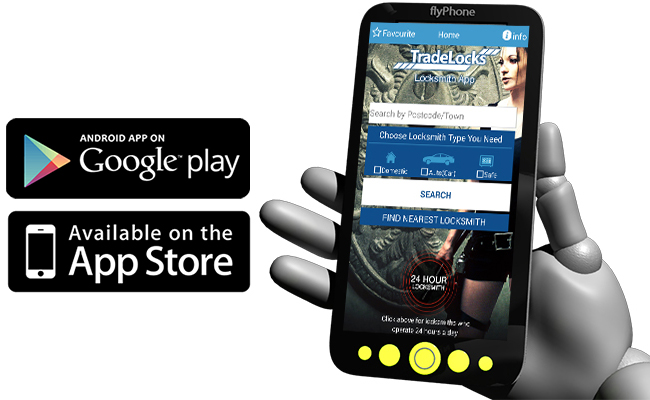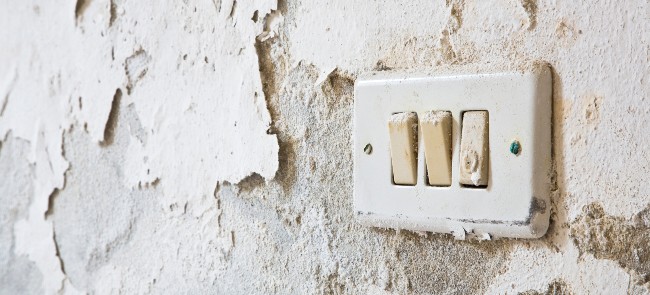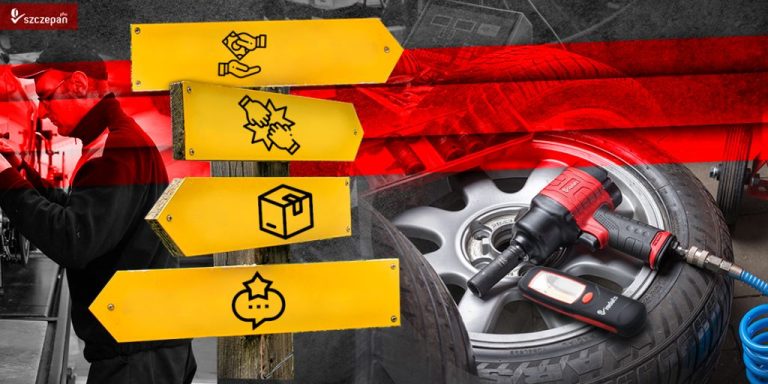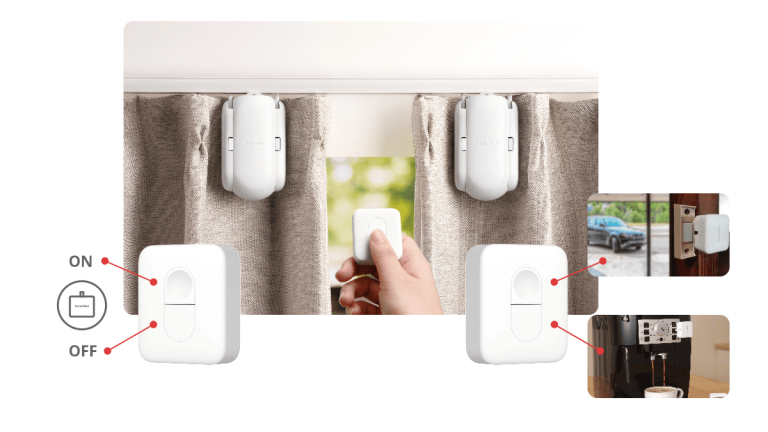Wheel balancers – how to choose one? How to choose tyre service and car repair tools
This is just a usual story you could hear at any tyre service. One client forgot to take money. Another one is in a rush to the doctor, so he expects you to change the tyres right here right now. And there comes the other one that looks for a set of winter tyres at 40 Euro. Then, comes the one with wobbly wheels – and that’s for sure your fault.
Obviously, you can wave goodbye to some of them at the very beginning. But – just think how much time you’re going to waste on it. And think about all the anger you have.
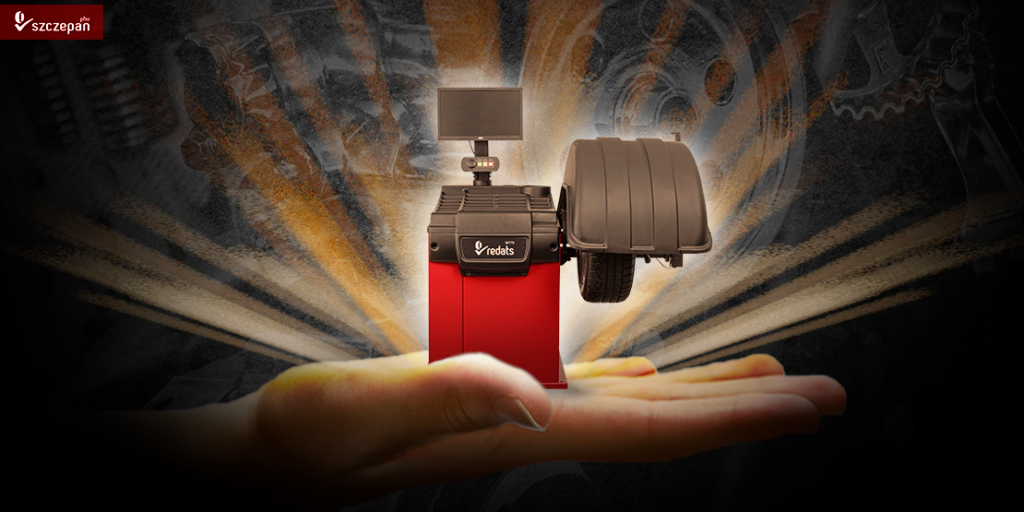
Choosing the right wheel balancer to help you out here might be a great thing. Obviously, this is never an easy task. When it comes to tyre changers, it’s relatively easy. However, picking the best wheel balancer requires knowing the many functions these machines have. And today we’re going to tell you a little bit about these options.
Wheel balancing – why the errors?
That’s due to rush. Simple as that. People tend to change tyres at the very last moment. They get surprised by the winter, so you won’t be surprised to see a long line of cars waiting in front of your tyre service’s gates. People surely try to rush you. However, you don’t want to lose money on that, so you try to provide good service to everyone.
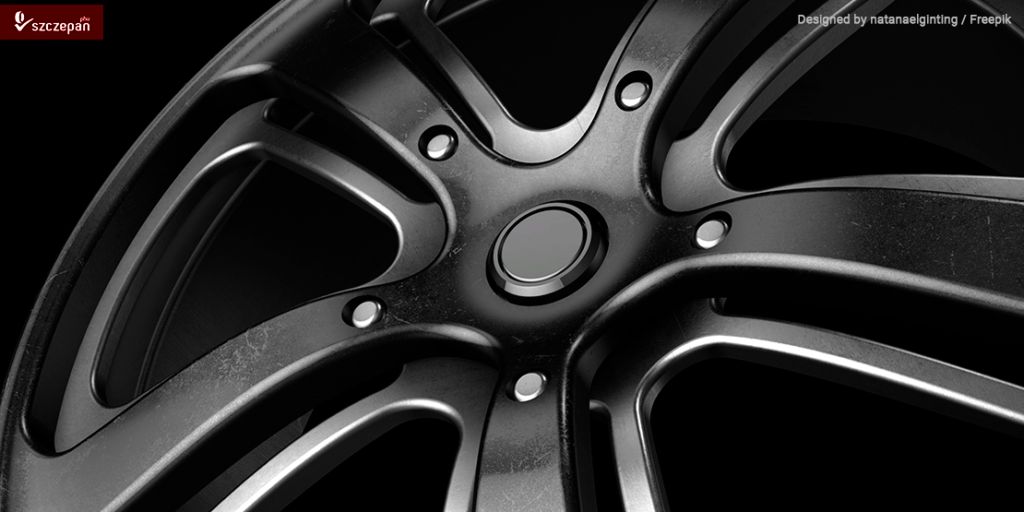
Anybody can make mistakes during balancing. Especially if you are in the rush. That’s nothing to be ashamed of. However, better think about the best solution for this problem.
You can forget about many mundane procedures by picking the right wheel balancer. It provides the essential measurements, so you spend less time on any wheel. As a result, you work on more cars at the same time. Sounds good?
If you don’t believe it, consider this:
- More cars = more money.
- Quicker service = less time at work
So – you work less. Or even the same. But you make more money. Without having to raise prices.
See the benefit? Season tyre change is nothing difficult – especially, if you make it simpler, by choosing the right wheel balancer model.
Premium wheel balancers – what does that mean?
A range of functions that would help you out in the basic jobs. They won’t only let you measure the wheel but also let you check whether the rim is straight, shows the best wheel weight mounting spot, as well as hide the weight behind the wheels’ spokes.
Imbalanced wheels – what’s the problem about?
You obviously hear your customers complaining about wobbly wheels. Many a time you don’t have to change any parts in the suspension. Instead, you should check the car’s rims first. If you get a wheel balancer with rim runout measurement option, then you can be sure the problem is not on your side.
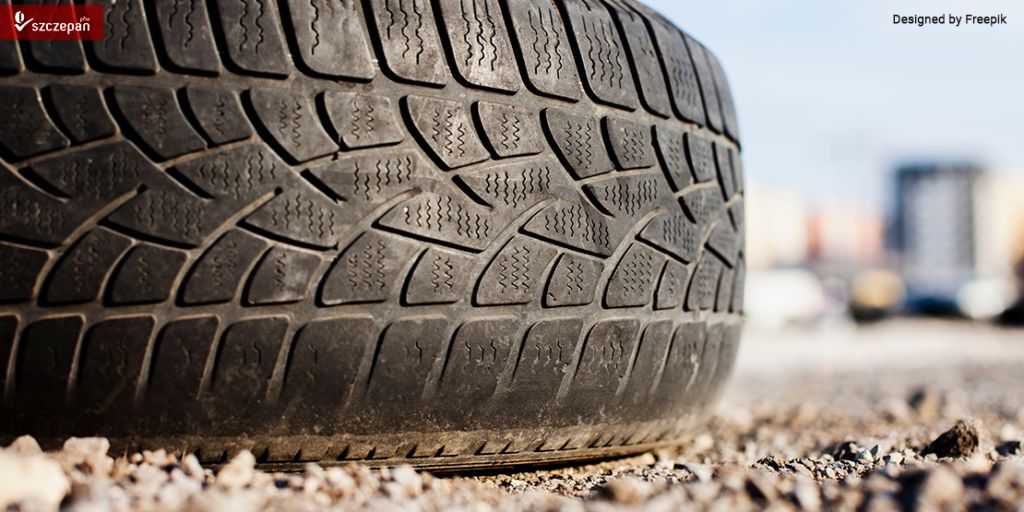
Unfortunately, most car owners are convinced that car mechanics are simply dishonest. They think that the mechanic does everything they could to take out as much money of the client’s pocket as possible.
To protect yourself against situations like these, get a premium wheel balancer. A one that comes with the rim runout measurement function. Thanks to this option, you can easily check the condition of a given wheel.
Rim runout measurement – a premium option
Car’s wheels are wobbly. Why is that? Radial runout of the rim could be one of the numerous reasons. In case of wheel balancers that come with the option of rim runout measurement, you can check it easily.
How does that work? See the example of our REDATS W-770:
- Choose the right program.
- Put the roller inside the measuring arm
- Put the roller inside the internal part of the rim.
- Wheel starts to rotate.
- After you finish the measurement, you hear a sound signal.
How do you check if the rim is fine? On the balancer’s display, you will see the measurement results. Also, you can check whether the rim is fine in two surfaces – both on the “6 hour” and “12 hour”.
Also, the program for checking the rim runout would let you check whether the rim has any damage.
What do you need that for? After all, if you check the rim this way you can be sure whether the rim is straight. So, if you got clients complaining over improper balancing, but you know you did everything right and suspect the rims are broken, you got the problems visible at hand.
In other words – rim runout measurement protects you against customers’ claims.
Good wheel balancer = saves your time
Premium tyre service equipment means saving loads of time with every wheel. Top wheel balancers come with a LED light source. The light is thrown onto the surface – it shows the spot for adhering the weight at.
What’s the benefit here? Well, you don’t have to do a manual search for the imbalanced spot, as the balancer does that for you.
Since we’re talking about spinning the wheel, there’s one more function. The one that good balancers come with. What is that?
We’re talking about the S-Drive function (the name borrowed from our REDATS W-770 wheel balancer).
S-Drive function
This system allows for spinning the wheel upon hitting a button. You can put the wheel in one of the 3 positions:
- hour 6
- hour 12
- for adhering by gauge
Thanks to these options you don’t have to spin the wheel manually to find the right spot for adhering the weight at. And there’s always the risk that something goes wrong and you can’t choose the right weight mounting spot, right? And later comes a client with claims about wobbly wheels.
So – you don’t only have to lose time on finding the right spot for adhering/putting the weight at, but also for further corrections. And don’t forget that no one would ever pay you for working on their claims. So, you’re losing money that you could be making working on other cars.
Forget about claims
What are wheel balancing errors caused by?
If you put the weight in the incorrect position, the wheel is going to get wobbly. Simple as that. Would a wheel balancer help you out in this case? Read on below.
Premium wheel balancers are able to recognize the types of rims. In case of our REDATS W-770 balancer it is the Auto Alu option. How does that work?
A special gauge makes it possible to recognize the type of rim. So, it can automatically choose the best spot to mount the weight at.
Rim looks
Imagine a client coming up to your service, with beautiful 19” rims on. In a Mercedes/BMW/Audi?Lexus (choose the brand you like). You can spot even the tiniest specks of dirt or dust. Would you imagine weight stripes on them? Well…
And that’s not impossible. People start to buy even larger and larger tyres. You’re no longer surprised to see SUV or crossover cars with 17” or even 18” tyres on.
Let’s be honest – weights usually spoil the rim’s looks. After all, you put it on as additional part. Obviously, you can avoid the problem, for instance by putting black weights on.
Using the SPLIT function would be a great assistance here. What does it work like? The balancer divides the weight into two parts and shows you the spots you can put the weights at. You don’t have to worry about clients claiming that you made their rims look worse.
Number of weights used measurement
Practically everyone has issues with this. If you order little, it may appear that you may have to buy additional ones. But if you work from dusk to dawn having to check how many weights are left is the last thing you want to do.
So – it would be a good idea equipped with the option that allows for checking how many weights were used. The counter would let you check which weights are the most popular at your service – if it is 10 or 15 g, you know you don’t have to get a larger number of 45 and 50g weights.
And the most important thing!
Even the best balancer won’t help you if you don’t remember the basic rules regarding wheel balancing.
- Wheel preparation
Remember to:
- clear the rim from dirt
- clear the tyre’s bead
- clearing the touching point between tyre and the rim
- put the inside of the tyre with tyre paste
- put new tyre valves/check if the TPMS valves are fine
- inflate the tyre to the required pressure (according to the manufacturer’s recommendations
- wait until the wheel stops to spin
- put on/adhere the weights
- After balancing:
- put the weights – adhesive using a pressure roller
- put the weights – put them on rim surface
- put the tyre to the required pressure
- check if the lugs are tight
Curious about wheel balancers with premium functions? Check them out here:
- wheel balancers for cars
- wheel balancers for trucks
